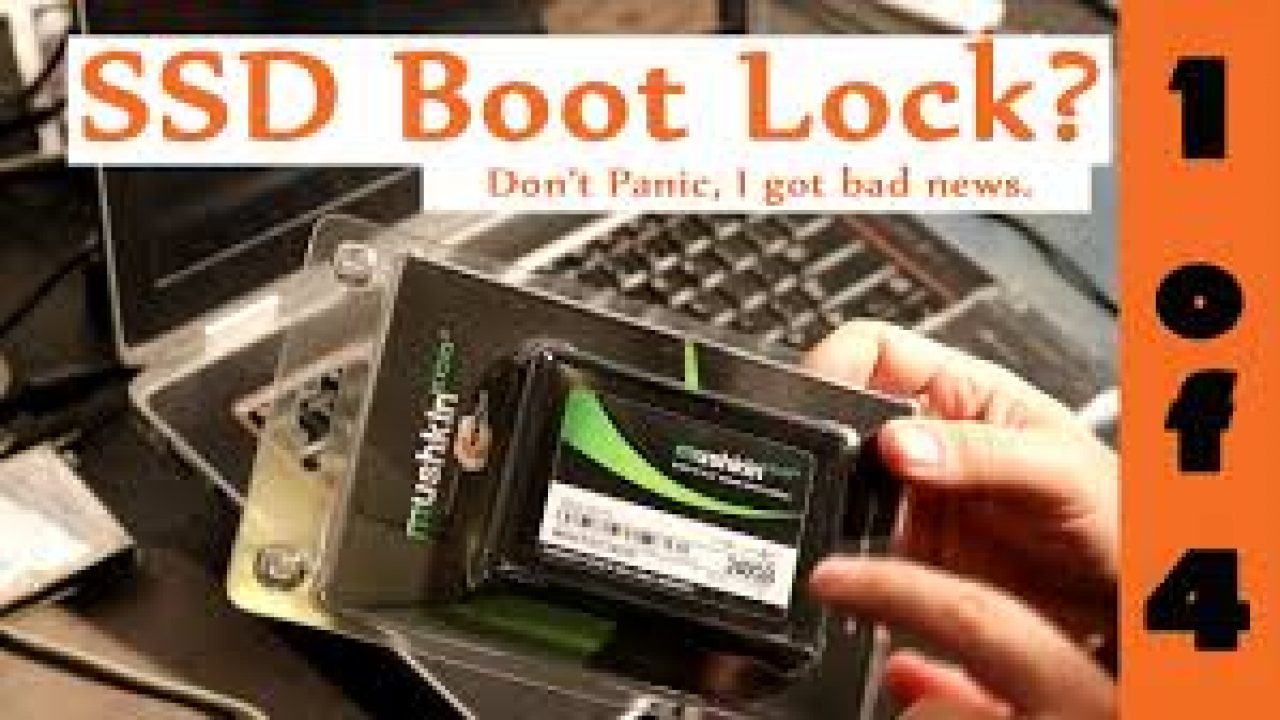
If your hard drive is not listed then there are two possibilities. If there is an error or any test fails, you will see it on the screen. To check if the hard drive is working fine, run the test. Mouse will not work so you will need to use the arrow keys for navigation.ģ) In the Diagnostics section you will see something like ' Hard Disk Self Test'.Ĥ) If you see your hard drive here, it means that BIOS has detected it. You need to find the 'Diagnostics' section. But, the options are more or less the same. Quickly press that key repeatedly.Ģ) Different computers have different BIOS interface. When the computer begins to boot, on the very first screen you will see which key you need to press to enter BIOS. If it is off, turn it on.ġ) You need to be very careful here. The first thing you need to do is enter the BIOS setup. If you forget your BIOS password, follow this article to get back your BIOS password.įor Dell computer, learn how to acess BIOS on Dell computer. For this you will need to check if BIOS is detecting your SSD drive. This means that you first need to make sure that the hard disk is actually getting recognized by the system if not by the Windows.

If your hard disk is not displayed in Disk Management then Solution 1 will not work. Solution 2: Check the BIOS on Your Computer Click 'Next' in order to format the partition with default options.ġ1) Now look at the choices you made one more time and then click ' Finish'. Choose ' Do not format this volume' if you don't wish to format the partition right now.ī. If you wish to give only one volume (partition) to the drive select the ' Maximum Disk Space' and click ' Next'ġ0) You will see the 'Format Partition' window. Here is what you need to do:ġ) Click ' Start' -> Control Panel -> Go to System and Security.Ĥ) Select the option ' Disk Management' under Storage on the left pane.ĥ) Now you need to select the hard drive in question.Ħ) Right Click on the region that says ' Unallocated' after selecting the hard drive.Ĩ) Click Next on the New Simple Volume Wizard.ĩ) Here you can either choose the default size for a particular volume or create a new one. Disk Management is a native, built-in tool of Windows. Thankfully, drive partition and format is an easy process and you can do it yourself though Disk Management tool. If you have bought a new SSD hard drive and it is not getting detected, there is a fair chance it has not been partitioned and assigned a volume label. The new hard disk drives need to be partitioned and formatted in order for them to appear along with other drives in 'Computer' or 'My Computer' folder. Solution 1: Partition and Format the New SSD Solution 3: Check the Cable and Connection.

Solution 2: Check the BIOS on Your Computer.Solution 1: Partition and Format the New SSD.


 0 kommentar(er)
0 kommentar(er)
